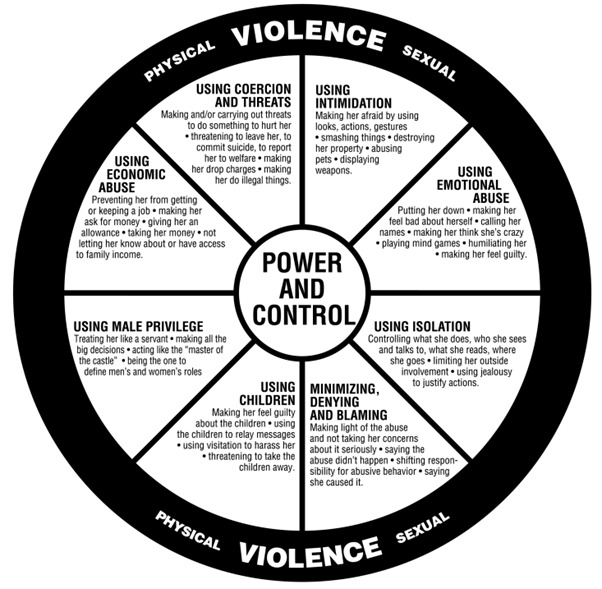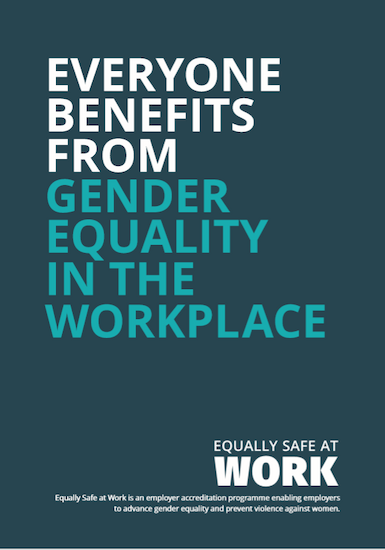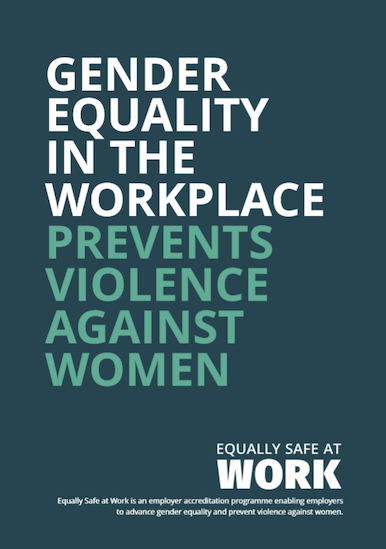Safe Lives knowledge hub Resources, news and views, policy and evidence, commissioning support and training – Safe Lives is a UK-wide charity dedicated to ending domestic abuse, for everyone and for good.
Speaking Out Learning Resource The Speaking Out learning resource has been developed for use in secondary schools and by youth organisations in Scotland. Using material gathered as part of the Speaking Out oral history project, the resource aims to engage and develop discussions amongst young people on the connection between gender inequality and violence against women and girls.
Speaking Out Project Recalling Women’s Aid in Scotland was a two-year project which sought to discover, record, and celebrate the history of Women's Aid in Scotland - Publication, SWA archive, learning resource developed for young people, archive toolkit, oral history.
Women's Aid Information and support, downloads and resources, research, reports and publications, training and campaigns.
Scottish Women's Aid Information and support, research & projects and reports
Scottish Child Law Centre Empowering children, families and professionals with the law. Free and confidential legal advice about Scots Law in relation to children and young people, training on all aspects of child law in Scotland as it affects children and young people, and work with, and are a key stakeholder for local and central government constantly seeking to improve child law in Scotland.
Rape Crisis Scotland Working to End Sexual Violence - Support resource, reports and publications, statistics, programmes, media and campaigns.
Engender Research and policy, events and membership. Working to dismantle structural sexism to increase women’s social, political and economic equality, and enable women's rights. Intersectional, inclusive feminism, and work at Scottish, UK and international level to produce research, analysis, and recommendations for intersectional feminist legislation and programmes.
European Institute for Gender Equality Publications, resources, toolkits,guides, policy, news and events, statistics. An independent centre and the primary source for information on gender equality in the European Union.



